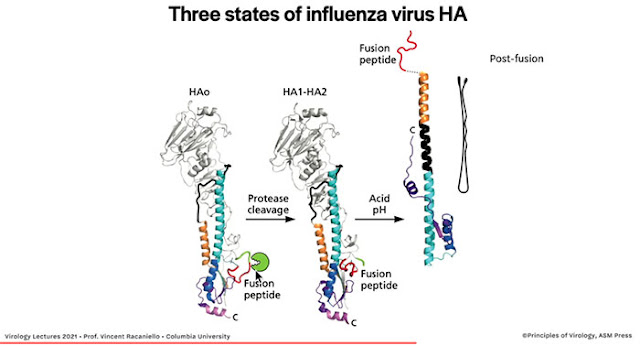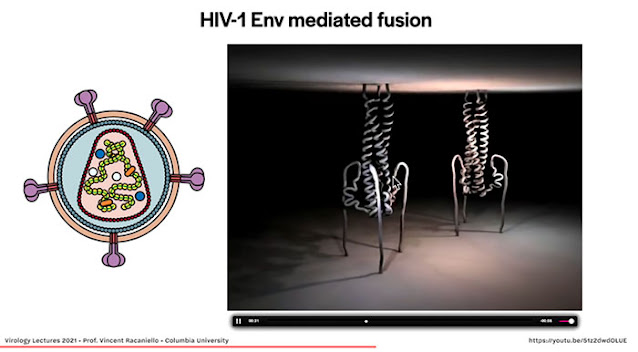Greetings from Palmia Observatory
Well we begin this week of mostly indoor zoom meeting and reading with some interesting astronomical news about how the Zodiacal Light might be the result of dust from Mars.
This is pretty neat but the main thing for me is this article finally did was get me to set a goal of trying to photograph the zodiacal light the next time we are in a dark sky location. In fact, this could be a very good month for looking for the light because for us in the northern hemisphere we can look to the west, after sunset, and maybe see the light and at the same time get the Milky Way in the shot at the same time. Check out this image from the AGU issue in eos.org. Anybody out there already capture some photos of the zodiacal light?
 |
| Zodiacal Light and the the Milky Way (Source: eos.org) |
In other SpaceX news we see that the stacking and most fabrication of the Super Heavy Booster, BN1, reaches the top of the high bay building in Boca Chica. Wow, we are still just following the test hops of the Starships and here we see the booster, on top of which will be mounted a Starship, and this combination will be able to reach orbit. Other tweeters report that the extension pieces for the large construction crane are already on site in anticipation of lifting the Starship on top of the BN1 when it is moved to the launch pad. Wow, things sure happen fast in the Elonosphere!
 |
| Super Heavy Booster BN1 in the high bay (Source: @Bocachicagal) |
In other SpaceX related tweets we find that this new power transformer arrived in Boca Chica. Yep, there is so much activity going on there it looks like they need more power.
 |
| New power transformer arrives in Boca Chica (Source: @NASASpaceflight) |
In some recent posts we dealt with the scientific method and with epistemology more generally, beginning with a review of the documentary, "The Social Dilemma", and Daniel Schmactenberger's "The War on SenseMaking" and now offer some comments on Donald Hoffman and "The Case Against Reality."
 |
| The Case Against Reality (Source: Donald Hoffman, W.W. Norton) |
The main epistemological argument is based on the evolutionary paradigm that our senses are evolved to enable better fitness, not identification of the truth of the world. Just identifying the features of the world that impact our survival, like our ancestors using their eyes to scan for dangerous animals, takes a lot of energy and there is no evolutionary benefit to also identify the truth of the underlying reality.
If you want the quick and easy version of Hoffman's thinking just check out this Closer to Truth interview at: https://www.youtube.com/watch?v=SL8wopYLM7Y
 |
| Donald Hoffman interview with Donald Hoffman (Source: Robert Kuhn @ Closer to Truth) |
At the same time, as our attention seem to be drawn back to understanding the nature of the COVID-19 pandemic, we can use that energy to delve into the epistemology of microbiology and virology. We have made this detour many times in the past of this blog. For now, the interesting microbiological machinery being considered is how the virus particle gets close enough to the cell to merge and infect it?
Professor Racaniello told the class that the molecular reconfiguration of the proteins on the outside of the virus is how it is done. In this next slide, using influenza virus as an example, we see how once the virus interacts with the receptor on the cell, the virus "spike type" proteins change shape and fold back on itself, like a hairpin.
 |
| Using influenza to learn how protein folding is key to infection (Source: V. Racaniello, Columbia U) |
The lecture then showed some computer animations of this fusion process. In this next slide, you can see two attachment proteins have executed this hairpin maneuver and are connected to the cell.
Now the virus particle must be pulled closer to the cell so that the infectious RNA or DNA can be transferred. Where does the energy come from to pull the two together and to force the water out between the two? Normally we would have thought that some source of ATP would be necessary to carry out this process, but in actuality ATP is not required. This is where the concept of "energetic favorability" comes into the picture. The shape of the proteins involved already have a lot of internal energy and once they are attached to the cell, the protein's molecular configuration naturally changes and relaxes and move to a lower energy state by pulling the virus next to the cell and pushing all of the water out of the way.
 |
| Using influenza to learn how protein folding is key to infection (Source: V. Racaniello, Columbia U) |
In this next slide you can see how the shape of the protein has changed and relaxed and the membrane of the virus and the cell are now close enough together for the two to fuse. To my physicist wannabe way of thinking it is like the viral proteins are like charged springs that once they are connected to a living cell, the molecular configuration can change and this change provides the energy to do the work of bringing the virus particle closer to the cell.
 |
| Protein folding and energetic favorability in virus attachment (Source: V. Racaniello, Columbia U) |
So in some sense, these proteins that stick out of the virus are already pre-charged with available energy in a molecular configuration and once the protein is enabled to fold to a more energetic favorable position it will all just happen automatically. This energy storage technology relies on the different energy levels for different protein folding configurations.
In previous blog posts we reviewed the conceptual approaches of using hafnium nuclear transitions (See September 14 & 24, 2019) and tritium nuclear decay (See March 1, 2021) as potential energy storage technology. This week in the recent edition of "IEEE Spectrum" we read about "The Ammonia Solution." It turns out that ammonia production, storage and use in combustion engines or fuel cells offers to be a green, carbon neutral way, of power marine vessels at sea. Ammonia is currently made from natural gas and the production process releases a lot of CO2.
The article describes how the sea going vessel, "Viking Energy", currently using liquified natural gas (LNG), will be refitted with ammonia burning engines.
 |
| The Ammonia Solution (Source: Maria Gallucci, IEEE Spectrum, March 2021) |
Gallucci goes on to explain how green ammonia could be made directly with green electricity. Using excess electrical supply and turning it into ammonia is a natural energy storage technology. Ammonia can be easily liquified, but its release is toxic so care must be used. In terms of energy storage potential, ammonia energy storage is 10 times that of lithium per kilogram. That is really fantastic!
 |
| Production and consumption of "green" ammonia (Source: Maria Gallucci, IEEE Spectrum, March 2021) |
We have discussed how tritium can be used in energy storage systems, but the more current use of tritium is for proposed fusion energy production which was also in the news as the Joint European Torus (JET) was set up for a test run. Tritium makes the fusion process easier to maintain in these prototype tokamaks. The tests at JET are the precursor for the larger tests at the ITER facility which is still under construction.
 |
| Joint European Torus (Source: Elizabeth Gibney, Nature, 2021) |
When I saw the photo of the JET tokamak it remined me of the tokamak that was built by General Atomics in San Diego. I was lucky enough to tour that facility while there for a meeting on magnetic levitation and pulsed power systems. We got to walk inside the tokamak and I seem to recall that we were told that there was not enough radioactivity to be worried about and that we didn't need to worry about contaminating the torus with our street shoes. Wow, but look how you have to dress up now to get inside the torus.
 |
| Tokamak at National Fusion Facility in San Diego (Source: www.ga.com) |
So this blog post has dealt with several different aspects of energy storage technology, including one in the microbiological realm. One last topic for us today is how is tritium produced today. If something like tritium is used in energy storage systems where does it come from and what about the other competing needs for tritium in starting up fusion reactors like JET?
Tritium is produced naturally when cosmic rays strike the atmospheric nitrogen and one of the decay products is tritium. Tritium is also produced in nuclear reactors. It also turns out that if fusion energy really takes off there will be an immediate need for more tritium but at the same time, fusion energy systems would produce an excess amount of tritium. It is this excess that makes what Tom Wallace-Smith of University of Bristol calls the "Tritium Economy." The University of Bristol has an active research program in developing tritium energy storage products.
 |
| The Tritium Economy is part of fusion energy economy (Source: T. Wallace-Smith, U of Bristol) |
Finally, even though I kind of got zoomed out by the March APS meeting, it was really enjoyable to attend the premier of the documentary "The Bit Player." This documentary told the story of Claude Shannon and the development of information theory. Check out the documentary if you can!
 |
| The documentary "The Bit Player" premier at March APS |
Until next time, here from our burrow, stay safe, as we recover more of our freedom,

No comments:
Post a Comment